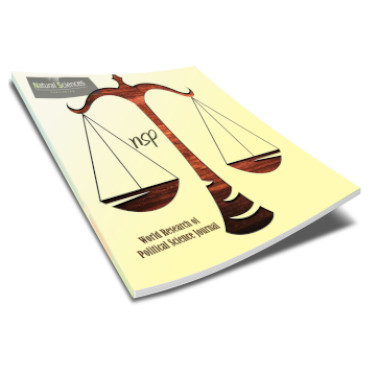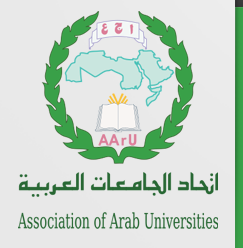
The World Research of Political Science Journal
Abstract
This article examines the prevention policy of bullying in New Zealand (NZ) schools by comparing the range and reasons for bullying in Saudi Arabia (SA) and NZ, defining the KiVa program, conducting a literature review of the KiVa program in the NZ context, and discussing the implications for implementing KiVa in NZ and Saudi education. Bullying is a worldwide problem that affects students mental health, academic achievement, and social development. The article compares the range and reasons for bullying in SA and NZ and highlights the need for prevention policies that address the unique cultural and social factors that contribute to bullying in each country. The KiVa program is a comprehensive anti-bullying program developed in Finland that has been implemented in NZ and other countries. The article defines the KiVa program and discusses its components, which include teacher training, student lessons, and intervention strategies. A literature review of the KiVa program in the NZ context shows that it is effective in reducing bullying and improving students well-being. The article discusses the findings of several studies that demonstrate the effectiveness of the KiVa program in NZ schools. The article concludes by discussing the implications of implementing KiVa in NZ and Saudi education. While the KiVa program has been successful in NZ, it may not be directly applicable to the Saudi context due to differences in culture and social norms. However, the underlying principles of the KiVa program, such as empowering students and teachers to address bullying, can be adapted to the Saudi context to develop effective prevention policies. Overall, the article emphasizes the importance of prevention policies in addressing bullying in schools and highlights the potential of the KiVa program as a comprehensive approach to bullying prevention in NZ and Saudi education.
Recommended Citation
(2023)
"Prevention policy of Bullying in NZ Schools,"
The World Research of Political Science Journal: Vol. 6:
Iss.
1, Article 4.
Available at:
https://digitalcommons.aaru.edu.jo/wrpsj/vol6/iss1/4


